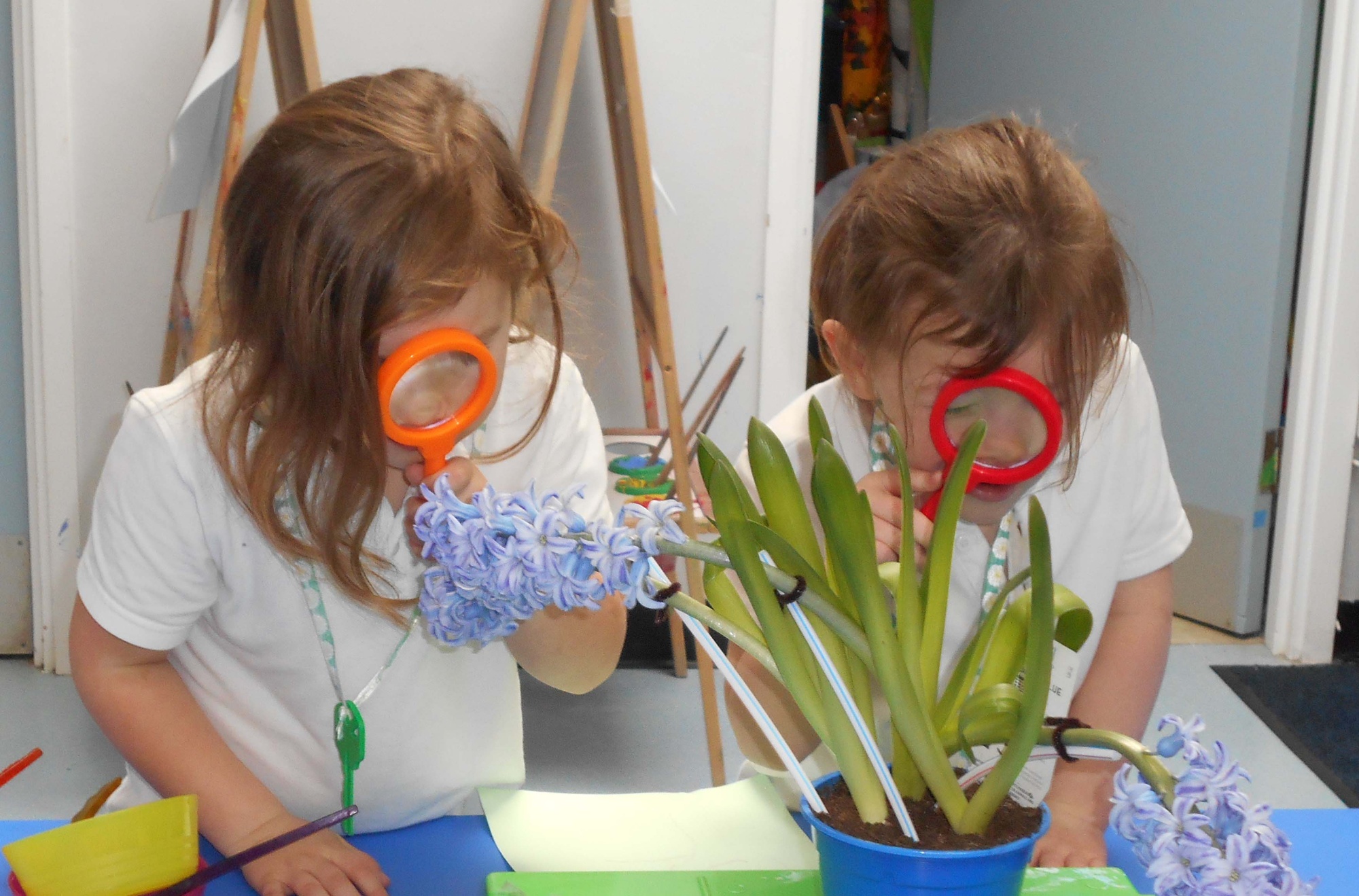Technology
Listed below are some of the devices used by children and young people. The list provides a summary with the more detailed, 'What Parents Need to Know' guides available as PDFs at the bottom of the page.
iPad
When Apple unveiled the iPad in early 2010, they almost single-handedly rewrote people’s idea of what of a portable computing device was capable of – and sparked a tablet revolution.
Their immense popularity, of course, has made the iPad a familiar companion for children and young people: an auxiliary TV; an aid for schoolwork; and a blessing on long car journeys. That said, there are still some aspects of Apple’s flagship tablet that parents and carers should bear in mind to help protect their children from online risks.
This guide highlights possible hazards including the risk of age-inappropriate content, physical damage to the device and potential screen addiction.
COPYRIGHT - National Online Safety
Artificial Intelligence (AI)
Artificial intelligence is increasingly becoming a part of modern life and, for all intents and purposes, isn’t something we can shy away from. The explosion of ChatGPT, for instance, has brought this kind of technology into a more purposeful context, with millions now using the language model to help solve problems, write computer code or even complete their homework.
So how do artificial intelligence solutions work exactly? What kind of risks do they bring? Will they eventually negate the need for certain job roles, particularly in the creative industries? Our guide this week explains what AI solutions are and suggests ways parents and carers can support children to use the technology with an open mind.
In the guide you'll find tips on a number of potential risks such as inaccurate information, reinforcing stereotypes and what impact the technology might have on children’s creativity and problem-solving skills.
COPYRIGHT - National Online Safety
Smartphones
One in three 8-year-olds in Britain owns a Smartphone 📱 and that proportion rises to more than 90% by the time children reach 12 📈. This increase - driven by factors both personal (blossoming independence) and practical (the transition to secondary school) - makes it all the more valuable for young people to know how to use these devices safely.
Indeed, more than half of parents (52%) surveyed by Ofcom admitted to worrying about their child being bullied via their mobile phone - and with hazards like scams, screen addiction and inappropriate content to consider, that's far from the only risk around. This week's #WakeUpWednesday guide pulls together some simple but solid smartphone safety tips.
COPYRIGHT - National Online Safety

